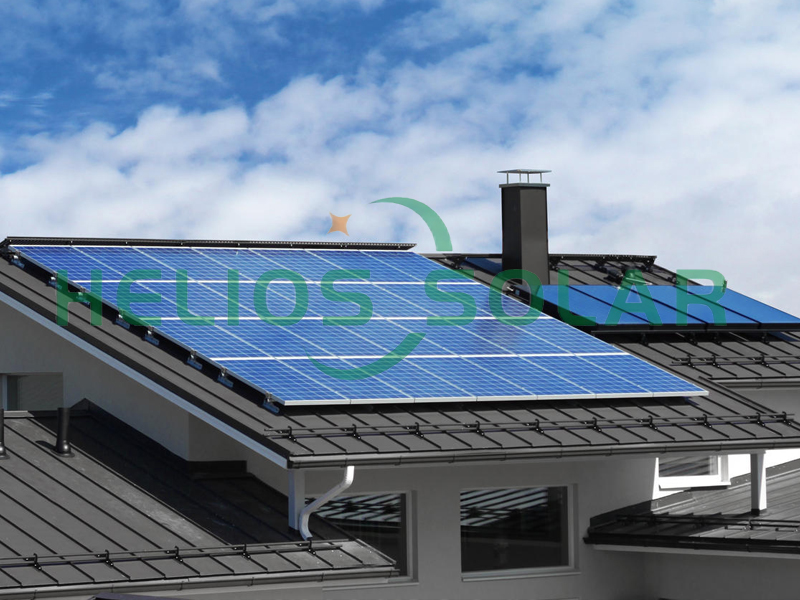Solar energy is a renewable and environmentally friendly energy source that has gained widespread popularity in recent years. When used effectively, solar energy can have many benefits, especially when it comes to solar building design. This article will delve into the benefits of active solar in buildings, highlighting its impact on sustainability, cost-effectiveness, energy efficiency, resilience, and overall environmental well-being.
Sustainability and environmental impact
Active solar plays a vital role in creating sustainable buildings. By harnessing solar energy, buildings greatly reduce their reliance on traditional fossil fuels. Solar panels mounted on the roof capture solar energy and convert it into electricity, which powers various functions within the building. This not only reduces greenhouse gas emissions but also reduces the carbon footprint of the structure, thereby promoting cleaner and more sustainable living.
Cost-effectiveness
One of the main benefits of active solar in buildings is its potential to save money in the long run. Although the initial installation cost of solar panels may seem high, the return on investment can be substantial. Once a solar system is installed, it generates electricity for free, reducing reliance on grid power and thus lowering monthly utility bills. Additionally, there are often several government incentives and tax credits available, further reducing overall costs and making solar an economically attractive option for solar building owners.
Improve energy efficiency
Active solar systems help to increase the energy efficiency of solar buildings. Energy consumption can be drastically reduced by using solar power to power lighting, heating, ventilation, and air conditioning (HVAC) systems. In addition, the excess energy generated by the solar panels can be stored in batteries or fed back into the grid, ensuring a steady supply of power when sunlight is insufficient. This not only reduces operating costs but also helps reduce outages and grid disruptions.
Resilience and energy independence
Integrating active solar energy into building design can enhance resilience and independence during emergencies. During natural disasters or grid failures, buildings with solar systems can continue to operate independently. By storing excess solar energy in batteries, occupants receive reliable power for essential operations such as lighting, cooling, and communications. This energy independence is crucial in critical situations and can provide occupants with a sense of security.
Environmental well-being and public image
Incorporating active solar energy into building design can promote environmental well-being and positively contribute to a solar building’s public image. By reducing reliance on non-renewable energy sources, solar buildings can become an icon of environmental protection. This commitment to sustainability can attract tenants, clients, and investors who are increasingly concerned about environmental issues. Additionally, by embracing solar energy, solar buildings signal their commitment to solar building a greener future, in line with global efforts to combat climate change and protect the planet.
In conclusion
With its many advantages, active solar has become a game changer in the field of solar building design. The adoption of solar panels not only promotes sustainability, cost-effectiveness, energy efficiency, and resilience but also improves environmental well-being while enhancing a building’s public image. As the world moves toward a more sustainable future, active solar should increasingly be considered an essential part of building design and construction.
Radiance has solar panels for home use, if you are interested in solar buildings, welcome to contact Radiance to read more.
Post time: Jul-12-2023


